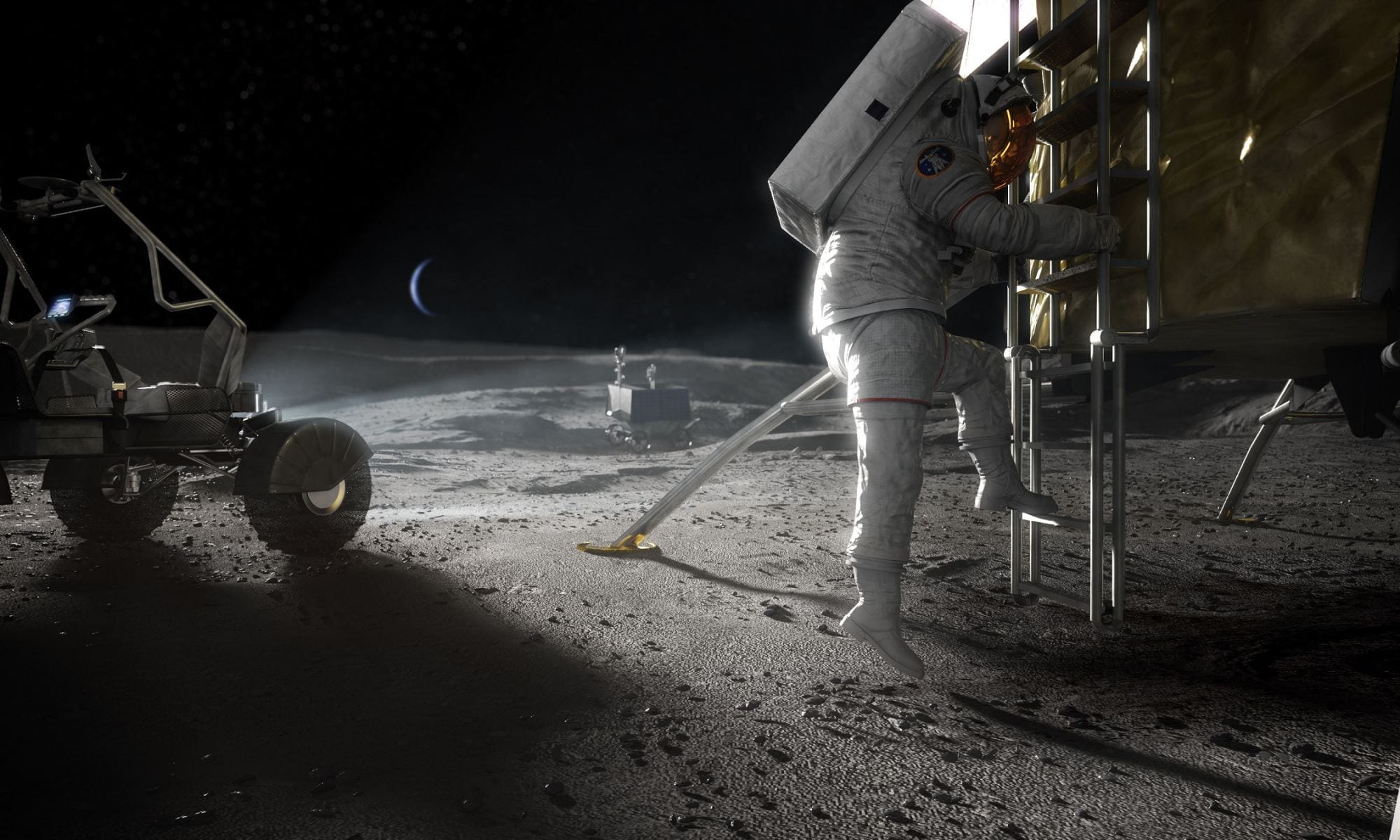In a remarkable development, researchers have identified a distinctive crystal created during the detonation of the world’s first nuclear bomb. This extraordinary finding emerged from the Trinity test conducted on July 16, 1945, at Alamogordo, New Mexico, and has significant implications for both materials science and our historical understanding of nuclear activities.
The crystal, which exhibits an unusual geometric arrangement and properties that defy conventional understanding, was formed under the extreme temperatures and pressures generated by the explosion. The Trinity test released energy equivalent to around 20 kilotons of TNT, a catalyst for unprecedented material transformations. The initial reactions following the explosion resulted in the creation of various glassy materials, but the discovery of this specific crystalline form adds a new layer of complexity.
Scientists from several institutions collaborated in analyzing samples retrieved from the test site, where they noted the existence of crystals that had previously been speculated but never observed directly. This discovery was made possible through advanced analytical techniques, including electron microscopy and X-ray diffraction, which enabled researchers to delve into the atomic structure of the material.
Upon inspection, the crystal was found to possess an intricate arrangement that appears to be highly stable and resilient despite its origin in such chaotic conditions. This crystalline form raises questions about nucleation and crystallization processes that occur during explosive events. In specific terms, the structure of this crystal exhibits symmetrical patterns not observed in typical crystalline matter, thereby challenging existing assumptions about the limits of crystal formation.
The significance of this finding extends beyond mere curiosity. Understanding how such a crystal can form opens avenues for further research into new materials that could be synthesized under similar high-energy conditions. Scientists believe these insights could have practical applications in developing materials with tailored properties for various technological uses, including electronics, aerospace, and nanotechnology.
Moreover, this discovery serves as a stark reminder of the profound impact of human-made phenomena on the planet and the unexpected byproducts resulting from human activities, particularly those associated with nuclear technology. The ramifications of the Trinity test and the materials formed during that explosive event have long been topics of discussion in both scientific and historical contexts. As scientists grapple with the remnants of the past, they are also compelled to reassess the ethical implications of such experiments.
The process of studying this crystal has brought together a multidisciplinary team of experts, fostering collaboration among geologists, chemists, physicists, and historians. This intersection of knowledge has enriched the analysis and interpretation of the crystal, shedding light not just on its physical attributes but also on its historical significance. For many of the scientists involved, the interplay between science and history is both a thrilling and sobering reminder of how technological advancements often come with unforeseen consequences.
The research team anticipates that additional findings from this investigation will provide further insights into the conditions that lead to such unexpected crystal formations. They plan to explore similar nuclear test sites to assess whether other unusual crystalline structures exist, which could further elucidate the relationship between high-energy explosive events and crystal growth.
In retrospect, the Trinity test marked a pivotal moment in human history, catalyzing the atomic age and ushering in an era characterized by both groundbreaking scientific discovery and profound existential questions about nuclear weaponry and its implications. The knowledge gained from such a fantastical event as the formation of this crystal encapsulates the dual nature of progress—enabling advances while also posing significant ethical considerations.
As researchers delve deeper into understanding this peculiar crystal, they are also charting pathways for future inquiry. The intersections of science and history highlighted by this discovery serve not only to advance our knowledge but also to provoke discussions about the responsibilities that accompany scientific exploration and the pursuit of knowledge. The life cycle of the crystal, from formation during an explosive event to its contemporary analysis, exemplifies how even the most destructive forces can yield insights that propel human understanding forward.
In conclusion, the discovery of this impossible crystal not only broadens the landscape of materials science but also serves as a poignant reminder of the legacies left behind by significant moments in history. As scientists continue to investigate the implications of this crystal, the fusion of scientific discovery and historical reflection will likely inform both academia and public discourse moving forward.



